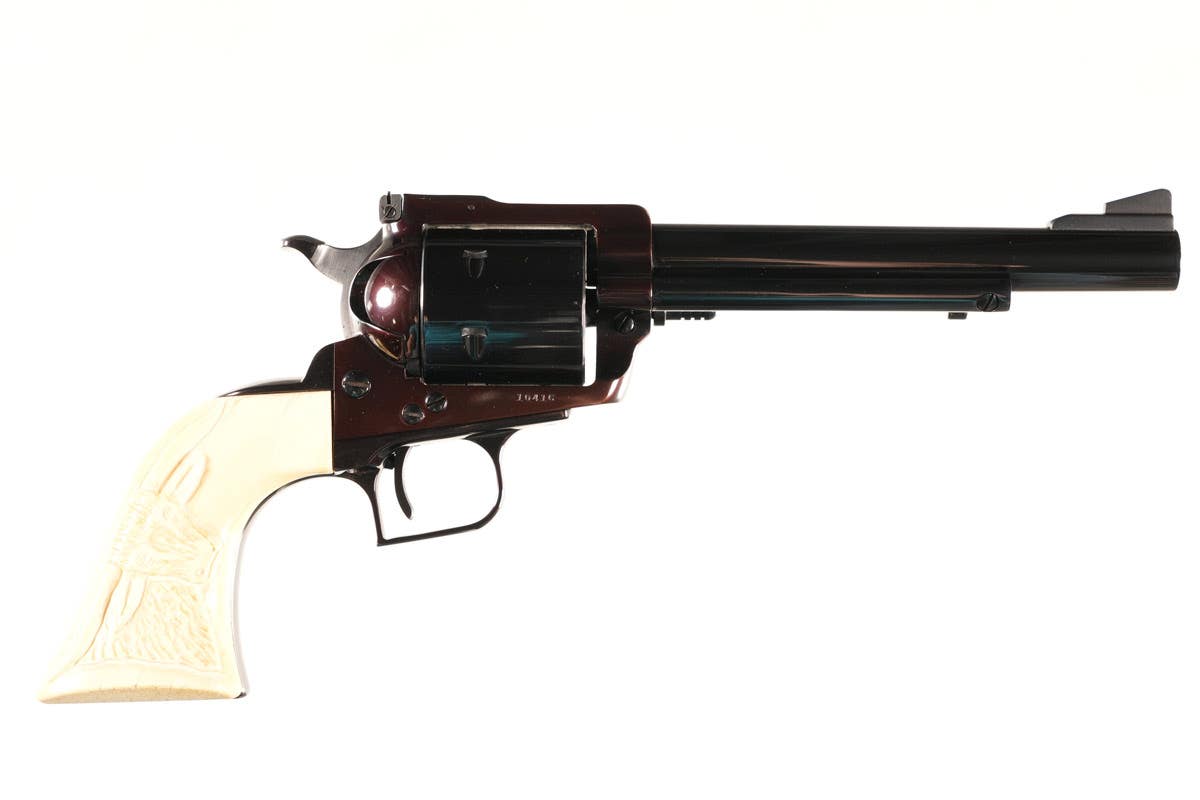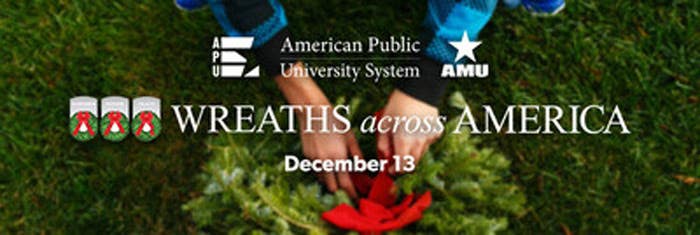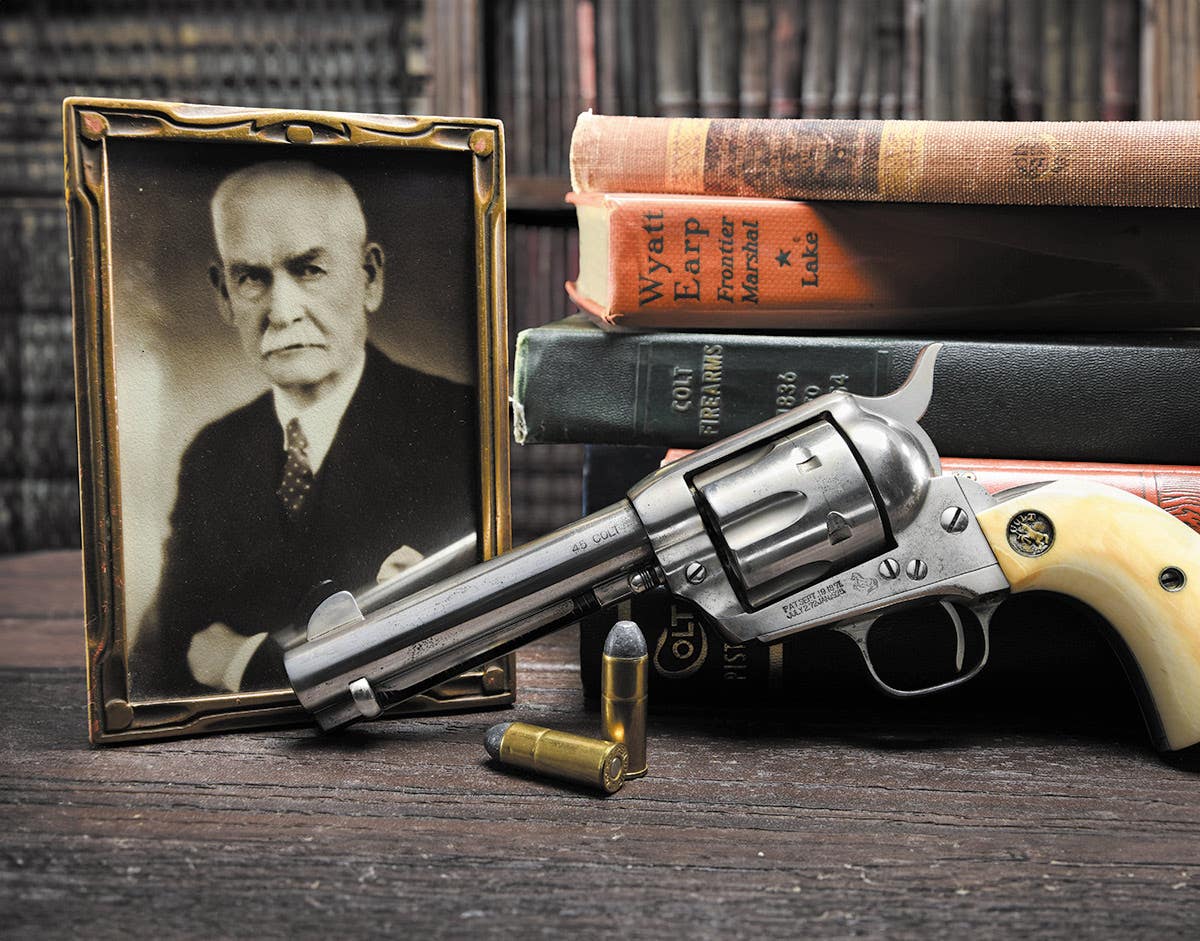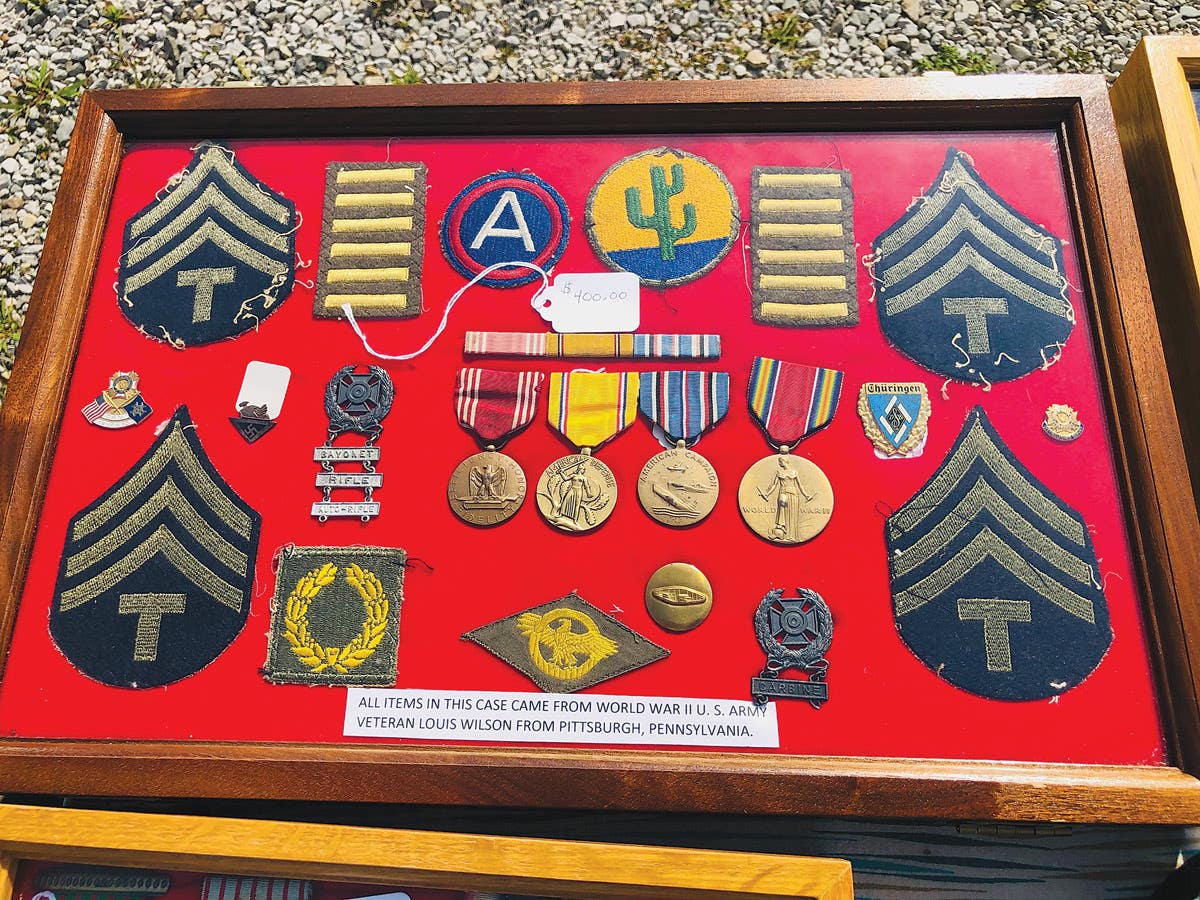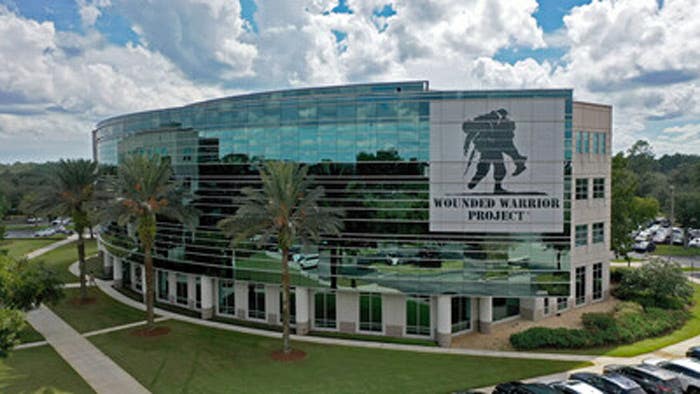Care For Your Paper
Collecting old military papers, photographs, and books can be exciting but, sometimes, the condition of a valuable paper item may appear that the document is beyond saving. Nevertheless, many of these are pieces that can be saved and preserved. This article will show how to unroll and unfold papers and long photos easily and inexpensively.
Collecting old military papers, photographs, and books can be exciting but, sometimes, the condition of a valuable paper item may appear that the document is beyond saving. Nevertheless, many of these are pieces that can be saved and preserved. This article will show how to unroll and unfold papers and long photos easily and inexpensively.
UNROLL YOUR YARDLONGS
Collectors often encounter rolled military unit photos, commonly referred to as "yardlongs". These commercially made photographs were delivered to they customers in a tight roll. Some veterans immediately unrolled and framed the photos (while they were still fresh and pliable). Too often, though, these relics remained rolled for many years. Today, when someone attempts to unroll one of these photos, it cracks or breaks because it has become dry and brittle. There is a method; however that will enable a collector to safely unroll a yardlong and prepare it for display.
A collection of folded documents and a rolled photo. Notice the thickness of the packet of documents at the top right. If they cannot be separated, they can still be humidified. The process will take longer because the humidity will have to penetrate through all the layers of the packet.
Paper fibers over time can become dry and brittle. They need moisture to "relax." To relax folded or rolled paper and photographs, conservators generally place the documents in a "humidification chamber." Do not attempt to humidify papers that may have water soluble materials on them like watercolors, felt tipped pen, or charcoal. If you are in doubt, contact a professional conservator. It is always better to be safe than sorry.
A humidification chamber can be constructed for just a few dollars. All that is needed are a few simple items found lying around your house: water, a towel, a plastic rack, and a container with a lid that can be snugly fitted. Do not use a metal rack because the chance of the rack rusting and transferring the rust to your documents.
Remember to place the document or photo as near to the center as possible. Do not let it come in contact with water droplets which may cause the inks or colors to fade or run.
A container that can be used is one in which there is a towel soaked in water and that has space enough to place a rack above the water. Set it up this way so the papers are not touching the water. It is necessary for them to absorb the humidity given off by the wet towel. If a container like this cannot be found in the home, any department or hardware store carry items that will work great. Business's like Lowe's, Westlake, or Wal-Mart carry items that will work just fine. These are relatively cheap and can be found for about $10-$15. Some people prefer clear containers so they can keep an eye on their papers during the humidification process.
Now that things are ready, wet the towel and squeeze out the excess water. Lay it down in the container making sure it will not come in contact with the papers when they are on the rack. Place the rack inside and put 1 or 2 letters or photos side by side, depending on how much room in the container. Whenever possible try to separate the items so they will humidify faster. The thicker the bundle or more tightly wound the yardlong is, the longer it will take for the humidity to penetrate. Snap the lid on and after approximately 1-2 hours, the items should be humidified enough to unfold or unroll. The time in the humidity chamber will vary based on the size of the container. Remember, a humid environment is being created and the larger the area, the longer it will take to become humid.
This simple home-made humidification chamber was built from a plastic storage box of the kind found at many department and hardware stores. Smaller ones work best. The larger ones will take longer to become humid due to their larger area inside.
When removing yardlongs or papers, they will feel cool and slightly damp. Do not let the photo or document become too damp. The inks may blur or even run ruining the item. Never leave a document in a chamber for more than eight hours. It will become too damp, weaken and possibly fall apart. Sometimes the inks will run or blur. One cheap and simple tool that will help a person remember to check on documents or photos is a kitchen timer. Simply set it for one hour. When it rings, check on the things in the chamber. When finished, dry the container thoroughly so when not in use there is no chance of it becoming moldy and passing the mold onto your next humidification project.
When finished, place the document or photo between two blotter sheets as shown. Use Plexiglas to distribute the weight evenly and press. Books can be used as weights. This will help flatten the items and ensure even drying.
After unfolding the letters or yardlongs, many will make copies of them and put the originals away for safekeeping in acid free archival folders or plastic like Mylar/Melinex or Polypropylene slips. Wear cloth gloves when handling the documents--they will keep fingerprints and body oils from coming in contact with the papers or photographs which over time could cause damage. Two good suppliers of archival supplies are Light Impressions, 800.828.6216; University Products, 417.532.3372 and Gaylord, 800.448.6307.
When finished with the chamber, dry it thoroughly. If not dried between uses, mold could inhabit the chamber and infect the next item to be humidified causing damage.
Keep in mind that the above steps and tips are for basic humidification. As mentioned earlier do not do something to photos or documents that cannot be undone. Remember always think a step ahead and be careful with photos and documents. It is always to better be safe than sorry. When in doubt always contact a professional conservator. Many are available online or by telephone. Some of the better known can be found by contacting the American Association for State and Local History 172 Second Avenue North, Suite 202 Nashville, Tenn. 37201 or the American Association of Museums, 1225 Eye Street, N.W. Washington D.C. 20005.
Notice that the map opened without tears or breakage after humidification. Also note how the bottom right corner is darker than the rest. The acids in the paper there were exposed to the air causing the discoloration.
RECOMMENDED READING
Museum Collection Storage, Protection of the Cultural Heritage Technical Handbooks for Museums and Monuments, by E. Verner Johnson and Joanne C. Horgan
Caring for Your Cherished Possessions: The Expert's Guide to Cleaning, Preserving, and Protecting your China, Silver, Furniture, Clothing, Paintings, and More; Caring for Your Collections, Arthur W. Schultz, general editor.
These can be found or ordered at local book stores or online at www.amazon.com or www.booksold.com.



